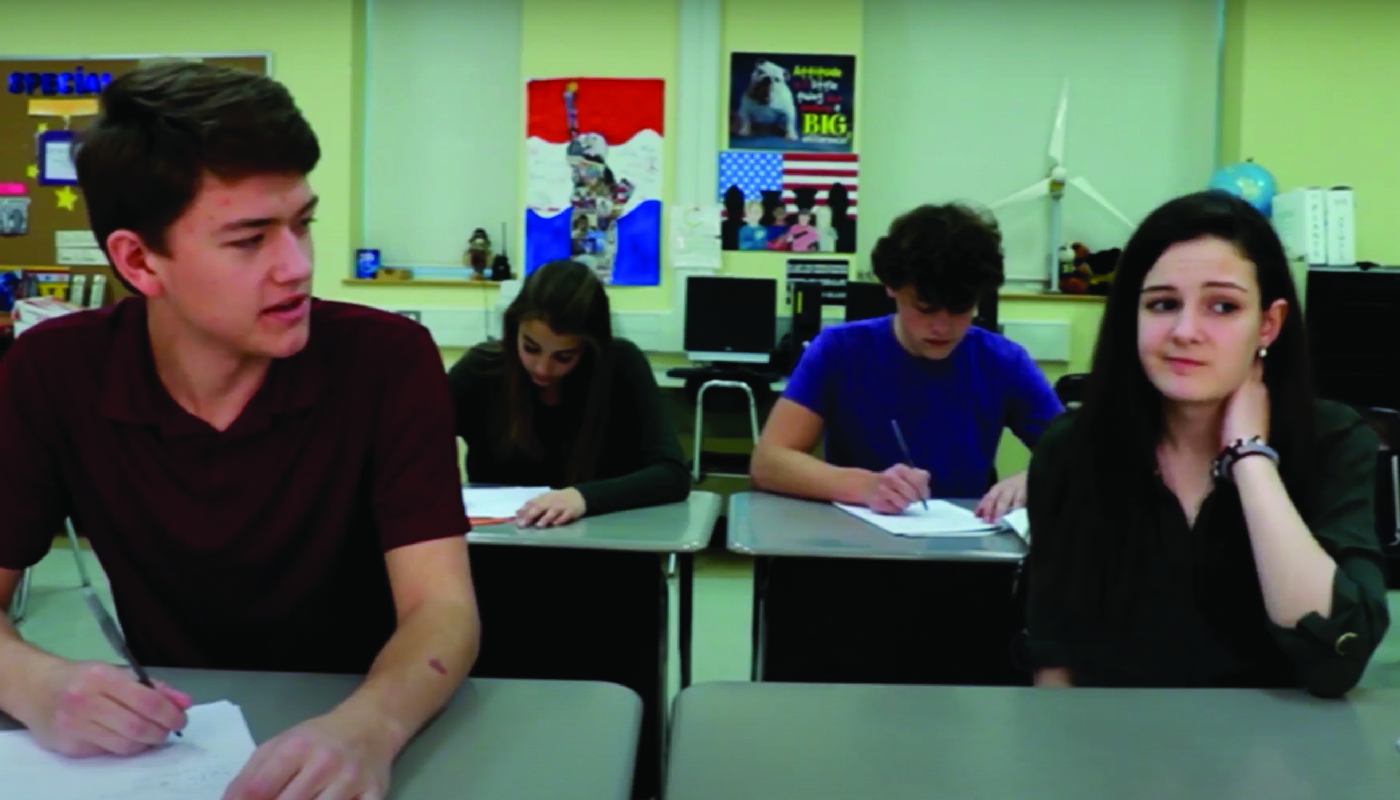
Key Takeaways
- Differentiating between big and small problems is crucial for elementary students to develop problem-solving skills and independence.
- Small problems can be solved independently, while big problems may require adult assistance or more time to resolve.
- Teaching students to distinguish between big and small problems empowers them to take appropriate action and seek help when needed.
We explore a critical skill for elementary students: differentiating between big and small problems. This ability helps students develop problem-solving skills and fosters independence in everyday situations. By teaching students to distinguish between the two types of problems, we empower them to take appropriate action and seek help when necessary.
Introduction
Understanding the difference between big and small problems enables students to respond effectively to various situations. Small problems are those that can be solved independently and relatively quickly, while big problems require assistance from an adult or may take longer to resolve. Developing this skill is an essential aspect of Social-Emotional Learning, as it promotes self-awareness, decision-making, and responsible behavior.
No-Prep Activity: Problem-Solving Charades
This engaging and simple activity requires no preparation or materials from the educator. The goal is to help students practice identifying big and small problems through role-playing scenarios. Here’s how it works:
- Have students form a circle or sit in a group facing each other.
- Explain the concept of big and small problems, providing examples of each.
- Ask a student to volunteer and act out a scenario that represents either a big or small problem. The volunteer should not reveal which type of problem they are portraying.
- Once the volunteer has finished acting out the scenario, the rest of the students should decide whether the problem was big or small.
- Discuss the scenario as a group, encouraging students to explain their reasoning and share alternative solutions.
- Continue with additional volunteers until everyone has had a chance to participate.
This activity encourages students to think critically about different situations and how to respond appropriately to big and small problems.
Discussion Questions
After completing the Problem-Solving Charades activity, use these questions to stimulate further discussion:
- Why is it important to know the difference between big and small problems?
- How does understanding the size of a problem help you decide what action to take?
- What are some strategies you can use to solve small problems independently?
- When should you ask an adult for help with a problem?
- Can you think of a time when you successfully solved a small problem on your own? What steps did you take?
Related Skills
In addition to differentiating between big and small problems, elementary students can benefit from developing other related skills, such as:
- Effective communication
- Conflict resolution
- Emotional regulation
- Decision-making
- Assertiveness
These skills contribute to a student’s overall social-emotional development and help them navigate various challenges in their daily lives.
Next Steps
Ready to further explore the skills discussed in this blog post and more? Sign up for free samples of Social-Emotional Learning materials at Everyday Speech. These resources have been designed to support educators in teaching essential life skills to elementary students, fostering their growth and development.

